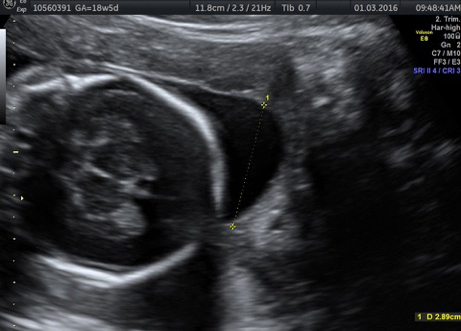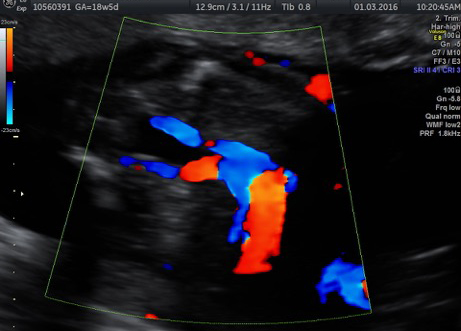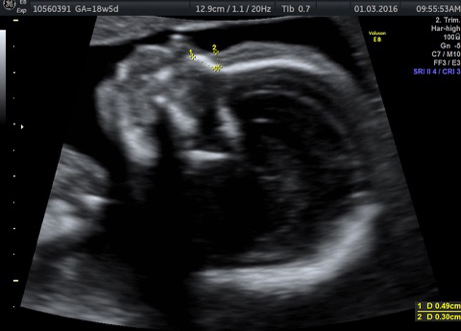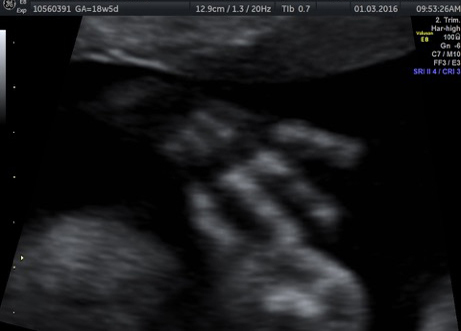An abnormality may be detected in the fetus’ chest or lung. In some instances the lesion may look like a mass, and in other cases the lesion looks more cystic (containing fluid-filled spaces). Many doctors may use the term “CCAM”, which stands for congenital cystic adenomatoid malformation, to refer to many lung masses in the fetus.
In most instances, however, the abnormality is not an actual CCAM. The most common fetal lung mass is a condition called segmental bronchial atresia. Other common lesions are called bronchopulmonary sequestration or just sequestration, bronchogenic cyst, and lobar emphysema. These abnormalities are developmental malformations of the lung. We do not know why they occur.
In very rare circumstances, the fetal lung mass may have cancerous features, but this is not common at all. Often these lung lesions are relatively small and do not cause problems before or after birth. In more rare circumstances, the lung lesion may be large and grow rapidly. In these instances, the lung mass may push on surrounding chest structures such as the surrounding normal lung and heart. In about 10-15% of cases, the mass may be associated with fetal hydrops. Fetal hydrops refers to the accumulation of fluid in the fetus’ body, either in the abdominal cavity (ascites), chest cavity (pleural effusion), around the heart (pericardial effusion) or in the scalp or skin (called edema). When this occurs, it is possible that the fetus may go on to develop heart failure, which is a predictor that the fetus will die.
Your doctors at the Apollo Centre for Fetal Medicine are experts in the evaluation and treatment of fetuses with lung lesions/CCAM. They will perform a careful evaluation of your fetus using a combination of ultrasound, fetal echocardiogram and fetal MRI scans. They will try to determine the exact location of the lung abnormality and exactly how it is affecting the surrounding chest structures. Your doctors will review the results of these tests with you and explain treatment options.
If the lung mass is large, fetal treatments may be recommended. We may recommend that the mother receive 2 steroid shots (two separate injections given over a 2-day period). If the fetus shows complications, such as fetal hydrops or fetal heart problems, it may be necessary to consider fetal surgery treatment for the abnormality. Treatment options include drainage of cysts (if large cysts are present) and fetal surgical removal of the mass. During your consultation, your doctor will spend a good deal of time explaining these treatments along with the risks and all options. You will then decide what the best treatment may be in your particular case.
Most fetal lung lesions are very treatable, and most fetuses with this condition do very well. Even those with the worst possible cases may have a good prognosis if there is timely, expert evaluation and treatment.
























